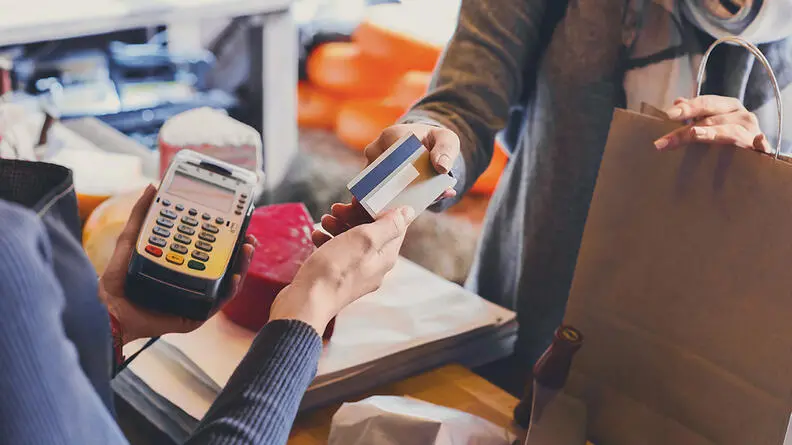Welcome to Retail’s ‘Blur Era’

Store pickup is really picking up.
This trend – shoppers buying online and then picking up their purchases in a store or curbside – is responsible for doing away with traditional boundaries in the retail industry. “The line between e-commerce sales and in-person shopping is blurring, as more shoppers place orders online and then go and pick up their goods rather than wait for a delivery van to reach their home,” writes The Wall Street Journal’s Liz Young.
Young’s article highlights several important points about store pickup, all of which are important for indirect tax groups to keep in mind as they strive to stay ahead of rapid retail industry changes related to clicks, bricks and mixes:
- Customers like in-store pickup: When shoppers pick up an online purchase in a bricks-and-mortar store, they often get the item faster than they would have if they had opted for delivery.
- Retailers also like it: The buy-online-pickup-in-store (BOPIS) model helps retailers reduce the cost and complexity of fulfilling orders via shipping and delivery services as well as leverage the inventory already in their store locations. Store pickup also provides retailers with an opportunity to enhance the customer experience during brief (yet potentially valuable) in-person interactions with customers.
- Store pickup is increasing: “Although some pandemic-era shopping trends have faded, and e-commerce growth has receded, consumers continue to choose pickup, experts say,” according to Young, who cites Adobe Analytics research showing that the share of U.S. e-commerce sales fulfilled through pickup was 76% higher in June 2023 compared to January 2019.
Two-plus years ago as the pandemic was winding down, Forrester Senior Analyst Lily Varón shared her thoughts on the rise of store pickup and the blurring of retail boundaries in a Vertex Tax Matters podcast. Varón also mentioned a related trend, buy online, return in store (BORIS), while emphasising that increasing omnichannel flexibility comes with tax compliance complexities that demand attention: “E-commerce is growing, online and offline is getting more nebulous (these experiences are getting quite blurry), and the tax landscape is really complicated.”
I agree. In fact, many online-native retailers are opening physical locations and therefore need to understand all of the tax requirements in local jurisdictions (e.g. public improvement fees, fees unique to a specific shopping district, disposable bag fees and more).
This complexity makes it important to ensure that existing retail tax solutions provide continually updated sales, use and value added tax content that reflects the latest regulations and tax rate changes. It should also specifically account for the various “situs” rules, i.e. in which jurisdictions should tax be calculated (the ship from or ship to/pickup location). Leading tax solutions also contain retail-specific content that supports accurate tax determination in complex retail scenarios including curbside and in-store pickup, BORIS and more.
Disclaimer
Please remember that the Vertex blog provides information for educational purposes, not specific tax or legal advice. Always consult a qualified tax or legal advisor before taking any action based on this information. The views and opinions expressed in the Vertex blog are those of the authors and do not necessarily reflect the official policy, position or opinion of Vertex Inc.
Blog Author
Learn 5 Tips for Retailers to Ensure Online Marketplace Successes
Download this eBook to discover the benefits of joining marketplaces, the differences between marketplaces and drop shipping, and top five things your company must do to ensure marketplace success.
DOWNLOAD E-BOOK
